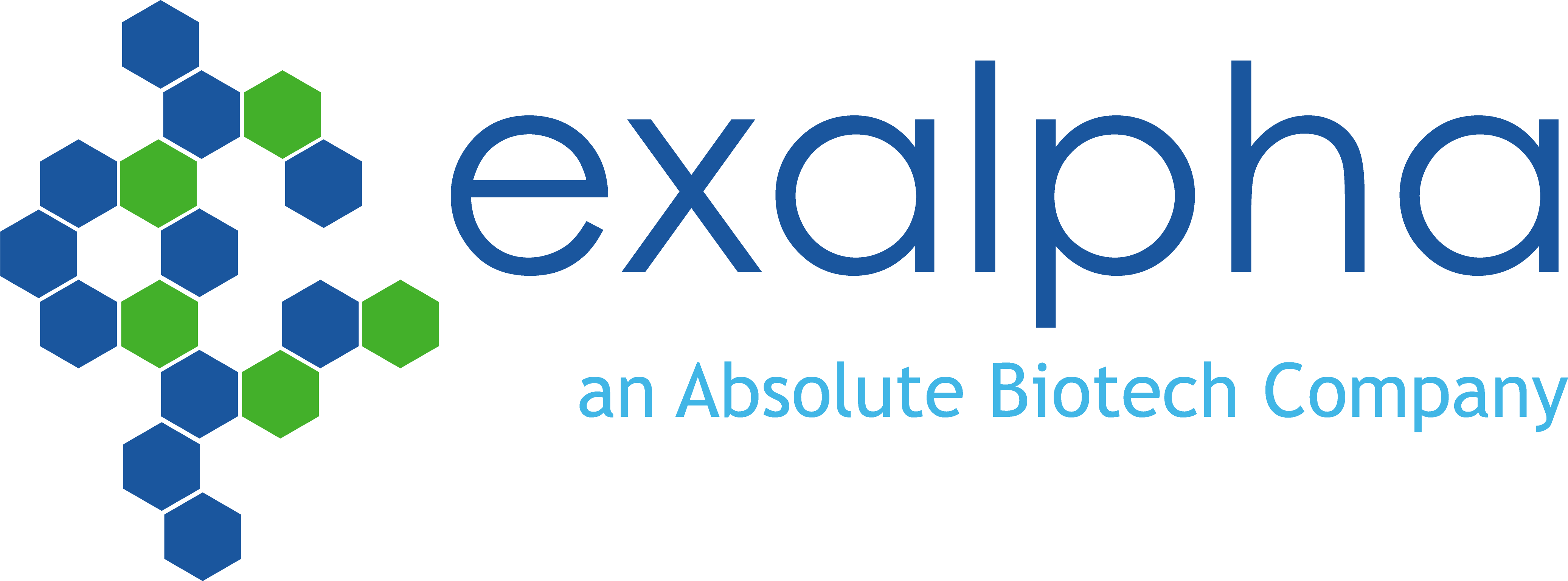Total cell Iysates are useful as both positive and negative controls in immunoblotting. A431, a human epidermoid carcinoma cell line, and the EGF-stimulated A431 Iysates are used as negative and positive controls, respectively, when studying the phosphorylation cascade initiated by ligand binding to receptor tyrosine kinases. Both A431 and normal human fibroblasts are valuable positive controls, for antibodies raised against proteins expressed in these cells. The mouse fibroblast cell line 3T3 and its RSV transformed counterpart serve as negative and positive controls, respectively, for antibodies specific for proteins that are phosphorylated as a result of transformation by RSV (Rous Sarcoma Virus). Madin-Darby bovine kidney (MDBK) cell Iysate displays proteins expressed in bovine kidney, and PC12 (rat phaeochromocytoma) cell Iysate can be expected to mirror the protein expression of cells and tissues of neuroectodermal origin. Likewise, Jurkat cells express the proteins unique to human T-cells. Rat brain is a widely used positive control for those proteins that are exclusively expressed in brain.
| Code | Name | Product Type | Clone |
|---|---|---|---|
| 10090100 | Double stranded RNA control Poly(I:C) | Control Lysate | |
| IBA-BSA | Indole-3-butyric acid conjugated to BSA | Proteins & Peptides | |
| X1030 | Rat Brain | Control Lysate | |
| X1217C | Sphingosine 1 Phosphate Receptor 1 (EDG-1) | Control Lysate | |
| X1218C | Lysophosphatidic Acid Receptor 1 (EDG2) | Control Lysate | |
| X1219C | Lysophosphatidic Acid Receptor 2 (EDG-4) | Control Lysate | |
| X1220C | Lysophosphatidic Acid Receptor 3 (EDG-7) | Control Lysate | |
| X1311C | Sphingosine 1 Phosphate 4 Receptor (CT) (EDG6) | Control Lysate | |
| X1601C | OGR1/GPR68 | Control Lysate | |
| X2392C | RMS13 | Control Lysate | |
| X1002 | A431 cells | Control Lysate | |
| X1003 | A431 cells stimulated with EGF | Control Lysate | |
| X1005 | 3T3 cells | Control Lysate | |
| X1487C | EDG8 (S1P5) | Control Lysate | |
| X1007 | kidney (MDBK) cells | Control Lysate | |
| X1008 | PC12 (rat phaeochromocytoma) cells | Control Lysate | |
| X1009 | Jurkat cells | Control Lysate |
